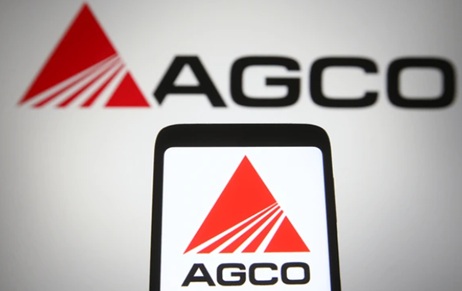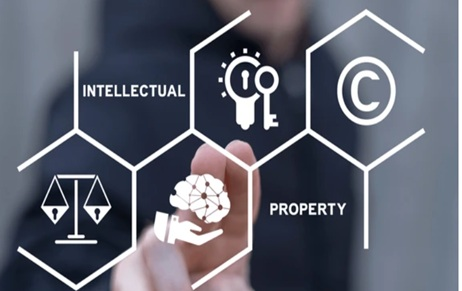Asml Inc is a leading technology company focused on innovation and creating and monetizing its…
EULA – Look before You Leap!
Ever wondered what is the never-ending excruciating agreement that pops up just before you are all set to make an e-mail account, install an application or download software? Apparently, all of us click the “I agree” option without paying much heed to what the agreement says. But, this seemingly impenetrable legal jargon is much more than just a worthless set of pages. End User Licensing Agreement or EULA as it is called is a legal contract between you and the software publisher that spells out the terms and conditions for using the software. It defines the relationship between the provider of software and the end-user. Usually, the EULA delineates the number of computers a user can use the software on, restricts the way a user can use the software, such as prohibiting the redistribution of the software or reverse-engineering it and any legal rights that are given up by agreeing to the EULA. Accepting the terms of the EULA might even expose a user to third-party monitoring, i.e. allowing other users to access parts of your computer. While the original purpose of EULA was to protect software developers and distributors from having their products unlawfully distributed, that goal has now, unfortunately, fizzled out.
Research shows that the average time spent on the EULA by people is 6-8 seconds. Obviously, people don’t understand its implications and just blindly scroll down to save themselves from monotony. You might agree to the EULA’s terms by:
- clicking an “I accept” button during the installation process
- opening the shrink-wrap software packaging
- breaking the seal on the software CD
- mailing a registration card to the software publisher
- installing the application
- using the application
You can refuse to accept the terms and conditions of the EULA, but then you can’t legally use the software! Many big names like Facebook, Microsoft, Adobe, Apple to name a few, have some preposterous terms and conditions. Facebook, for instance, amended its Terms of Service in 2009 to claim broad rights to users’ content, such as photos and videos. Adobe tried to do the same with Photoshop Express in 2008. An extract from Facebook’s EULA reads, “You grant us a non-exclusive, transferable, sub-licensable, royalty-free, worldwide license to use any IP content that you post on or in connection with Facebook.” Another one from AT& Treads, “You agree that, by entering into this Agreement, you and AT&T are each waiving the right to a trial by jury or to participate in a class action.”
In general the following points should be noted about EULA:
- ELUA is legally binding.
- EULA restricts how you can use the software.
- EULA may force you to agree to certain conditions when using the software.
- EULA can limit your ability to sue for damages.
- ELUA might impose terms and conditions that affect your online security and privacy.
- The software you purchase or download might be bundled with third-party software, i.e. EULA covering primary software might ask you install third-partysoftware bundled with it.
EULA is always drafted in a manner to afford maximum protection to the interests of the Licensor (or Software Developer). The following points are clearly set out in the agreement:
- Product Specifications
- Type of License – In case of multiple versions, specific version-wise licenses must be given
- Duration of License – the exact time of commencement and termination
- Grounds of termination – on what grounds can the Licensor terminate the license
- Specifications of the Limited Warranty to be provided by the Licensor
- Legal Jurisdiction
Following are the most important four parts of an EULA:
- Licensing: The users are only being “licensed” to use the software and do not have any intellectual rights over the software installed.
- Warranties: Contains a Disclaimer of Warranty.
- Laws: What laws control or apply to the license agreement that the user agree to.
- Liability: Limitation of Liability section that states the extent to which the licensor can be held financially responsible for any mishaps that might incur as a result of the use of the software.
In M.A. Mortenson Co. v. Timberline Software Corp. the plaintiff was a construction company, who used software from Timberline to prepare a bid only to discoverlater that the software led them to underbid by more than a million dollars.It was held that in case EULA seeks to reduce the liability of a company, even to the extent of the software itself being faulty, the company would not be responsible. The court affirmed an order of summary judgment, clearing Timberline of any damages.
Another important aspect to be understood is that download of software gives the user only a “license” to use that software and does not confer ownership, i.e., the software is never sold but the user merelypurchases the license to use it according to the terms and conditions attached with it. The software publisher retains all rights, including copyrights, to the software and accompanying media. The EULA document outlines the terms of the software license, enunciating all rights and restrictions relating to the ownership, use, distribution, and warranty of the software product. In Timothy S. Vernor v. Autodesk, Inc. Vernor was not allowed to sell some old copies of AutoCAD on eBay brought from an architect’s office. The US Court of Appeals for the Ninth Circuit held that the US “first sale” protections didn’t apply to Vernor, because he had not bought the software from a legitimate “owner”, since the architecture firm had only “licensed” the software, and that license could allow a software company to prevent resale, lending, etc. of the software.
Your way out:
- Read EULA before you install the software.
- Consider the software publisher.
- Beware of firewall prompts when installing software.
- Beware of “free” software, especially peer-to-peer (P2P) file sharing software.
- Scrutinize and evaluate any EULA that requires you to allow monitoring of your online activity.
Conclusion:
Awareness and only awareness is the right way to be protected from this trap and the ambush that lies within. Even though the law surrounding EULA continues to evolve, the need of the hour is that the users of software contemplate what impact EULA might have on the security of their computer and personal information and make an informed decision. However irksome it might seem but skim through the provisions of EULA might not after all be such a bad idea!
About the Author: Mr. Anirudh Sarin, Trade Mark Intern at Khurana & Khurana and can be reached at Anirudh@khuranaandkhurana.com



